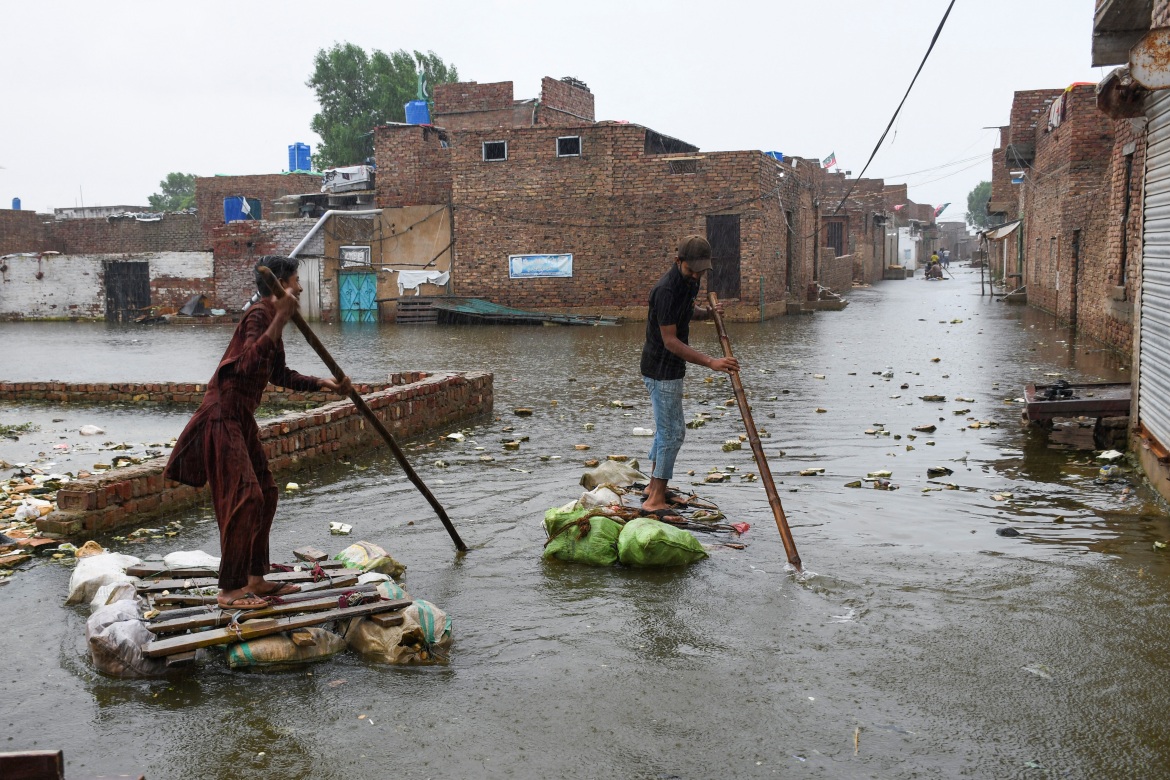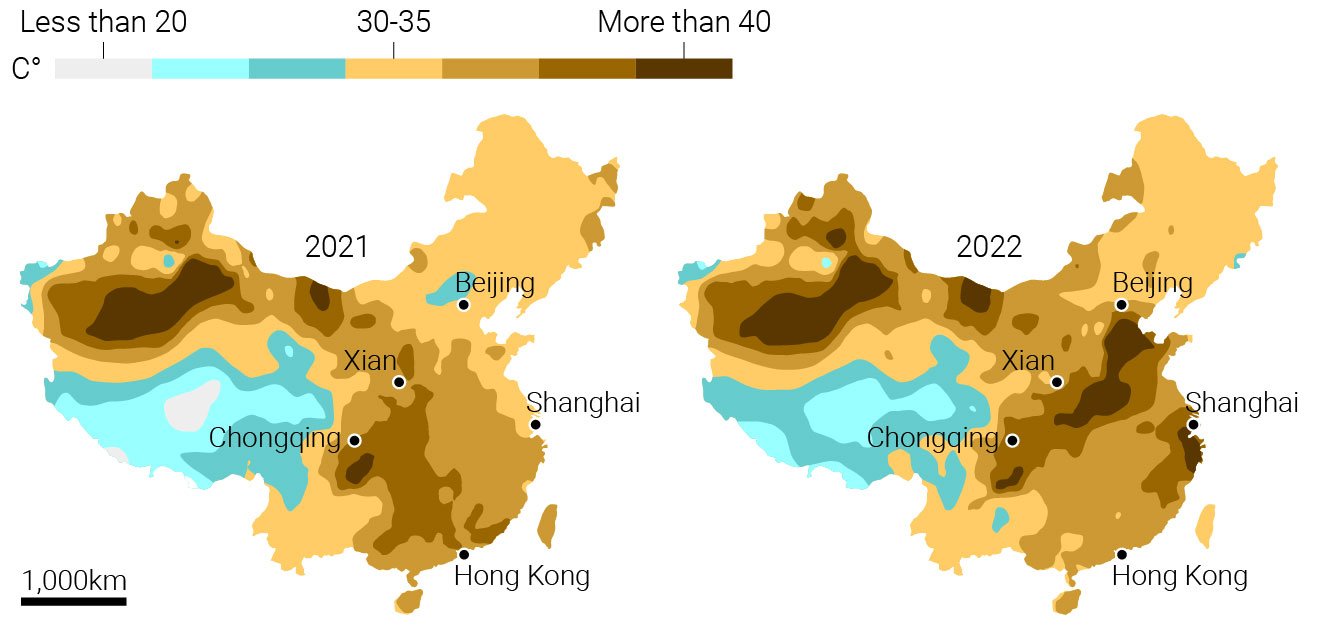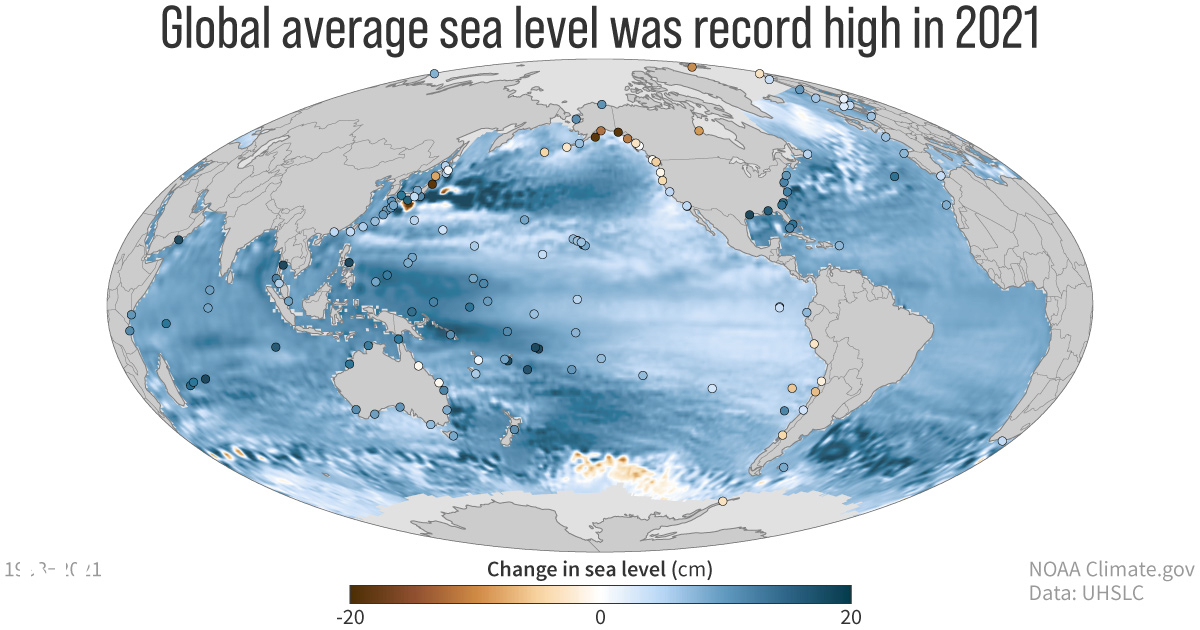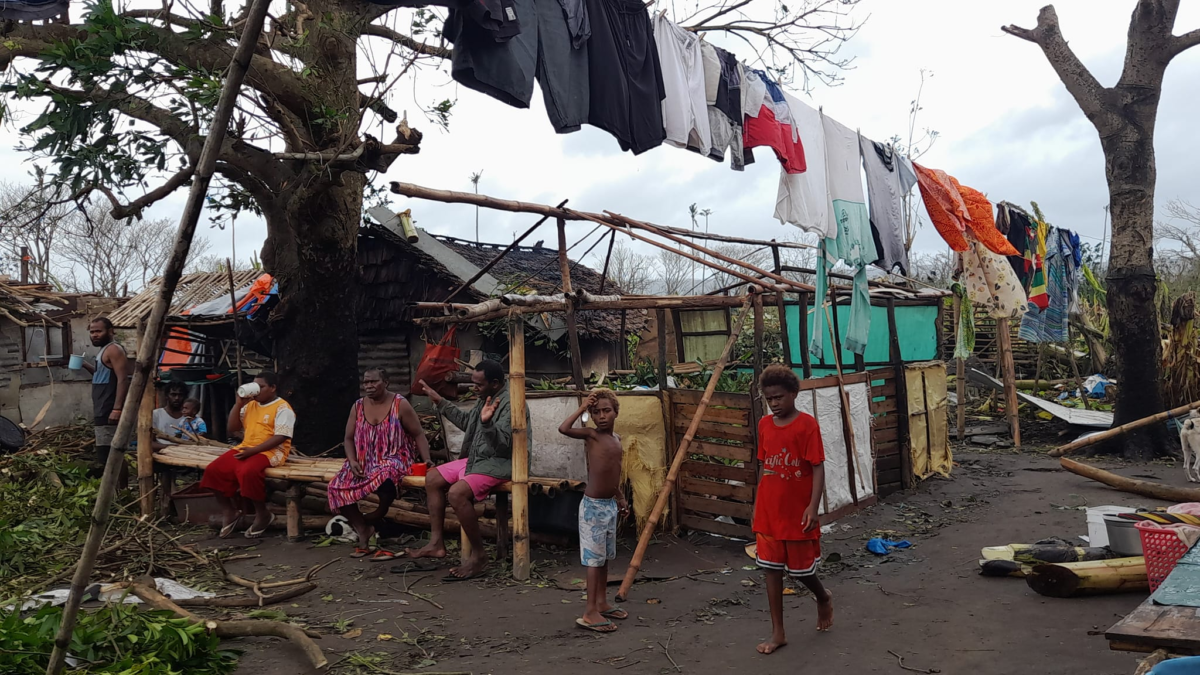Sleepwalking to destruction: World struck by relentless climate catastrophes – “We just would not get temperatures as high as we’ve seen without human-caused climate change”

By Nick O’Malley
3 September 2022
(The Sydney Morning Herald) – Authorities are having difficulties finding the words to properly capture the devastation caused by the floods that have swept across Pakistan in recent days, killing more than 1400 people and displacing up to 50 million as water inundates about a third of the country.
“The Pakistani people are facing a monsoon on steroids — the relentless impact of epochal levels of rain and flooding,” said United Nations Secretary General Antonio Guterres said this week, calling on the world to stop “sleepwalking towards the destruction of our planet by climate change”.
The horror of his language was echoed in Pakistan, a nation of 220 million citizens.
“It has been a catastrophe of unprecedented proportions,” Pakistan Climate Minister Sherry Rehman told Associated Press.

So far this year, Pakistan’s monsoons are delivering 780 per cent more rain than usual, but the water is not only falling from the warm, humid sky.
More than 7200 glaciers can be found across Pakistan’s north, holding more glacial water than anywhere else on Earth outside the poles.
After record-breaking heatwaves in March crept across the vast swaths of the northern hemisphere through its summer, the glaciers began to melt at record pace. Mohd Farooq Azam, a scientist who over the past 15 years has studied ice-snow cover in the region, told Bloomberg how melt water had washed away his team’s measuring equipment.
“We had installed it in June and by August, we couldn’t even find the remnants,” said the glaciologist at the Indian Institute of Technology in Indore.
Apart from the catastrophe facing one of the world’s poorest and most populous nations, what is worrying scientists today is that the extreme weather crippling Pakistan is echoing around the world.
Records for flood, fire, and drought have tumbled across the world this year.
In China, rivers have run dry, crippling power generation, closing factories and shrinking crops. For more than 70 days straight this year, nearly a billion people suffered through a heatwave that saw sustained daily temperatures above 40 degrees across 17 provinces.
In Europe. the rusting ghost ships of Hitler’s Black Sea fleet have emerged from the retreating Danube River, and for the first time, a temperature of 40 degrees was recorded in England. Much of the continent is now in its worst drought in 500 years, compounding food and energy shortages caused by Russia’s invasion of Ukraine.
Crop yields have collapsed and river traffic has ground (literally) to a halt in Germany’s Rhine River, suspending the movement of coal barges. In France, parched rivers have hit agriculture, and water temperatures in some rivers are so high that they could not be used to cool nuclear reactors, restricting the output of the system that provides 70 per cent of the nation’s power.
Similarly, water temperature in the Persian Gulf was so high this month — nine degrees above average — that it could not be used to cool Iran’s only reactor.
The relentless La Nina systems that have drenched the east coast of Australia have parched South America, shortening the wet season and shrinking corn and soybean production in Brazil and Argentina.
A report in Nature Climate Change earlier this year said that the western states of the United States were in the midst of their driest stretch since the year 800, a situation made 40 per cent more likely by climate change.
The dry spell has caused catastrophic fires and emptied the region’s reservoirs. The shells of sunken pleasure boats and the skeletal remains of the victims of a long-forgotten mafia war have emerged from the drying mud of Lake Mead, the source of water and energy for about 40 million people.
The dry spell shows no sign of ending. “Not only is this drought continuing to chug along, it’s proceeding at as full-steam pace as it ever has been,” Park Williams, a climate scientist at UCLA and an author of the new research, told National Geographic earlier this year.
How much is climate change to blame?
Scientists are cautious about linking any specific weather event or even weather pattern to climate change, particularly because what is known as attribution science is a relatively new field, though one that is rapidly expanding and improving.
But specialists do not doubt that global warming is driving the rapid increase in extreme weather.
The world has already warmed by about 1.2 degrees since humans started pumping greenhouses gasses into the atmosphere at the start of the industrial era. It is now thought to be warming about .18 degrees a decade.
This week, the international annual review of the world’s climate, led by scientists from the US National Centres for Environmental Information and published by the Bulletin of the American Meteorological Society, revealed that greenhouse gas concentrations, global sea levels and ocean heat content reached record highs in 2021.
Though global net zero targets are in place, greenhouse gases in the atmosphere continue to rise, and the rate of increase may even have gone up.
Weather extremes being seen around the world are in keeping with predictions about the impact of warming caused by these gases.
With each degree of warming, the atmosphere is able to hold about 7 per cent more moisture, and sudden and massive deluges have long been predicted by climate scientists.

Dr Andrew King, a specialist in attribution from the University of Melbourne and The ARC Centre of Excellence for Climate Extremes, says that this year, the world has been struck by weather patterns that have slowed and even stalled for periods. Some scientists believe this phenomenon may be driven by climate change.
“When we have this kind of weather stalling in one location, it’s more likely to stall somewhere else as well,” says King. “When you have heat building in one location, then a few 100 or 1000 kilometres away, you might get more wet conditions.”
Over greater distances, the connection between events becomes more tenuous.
It is unlikely that the “epochal” monsoon in Pakistan is directly connected to, say, recent flash floods in Dallas, says King. But both are far more likely to have occurred as a result of climate change, he adds.
Some of these events are simply unimaginable without it.
“I think all of [these events] have some fingerprints of climate change on them, but the heat and drought in Europe, and the heat in China are really, really strongly connected to climate,” King says.
“We just would not get temperatures as high as we’ve seen without human-caused climate change. Records have been really smashed. Particularly in China recently, with some ridiculously high night-time temperatures. And seeing 40 degrees in the UK you wouldn’t have imagined recently.” [More]
‘Sleepwalking to destruction’: World struck by relentless climate catastrophes


